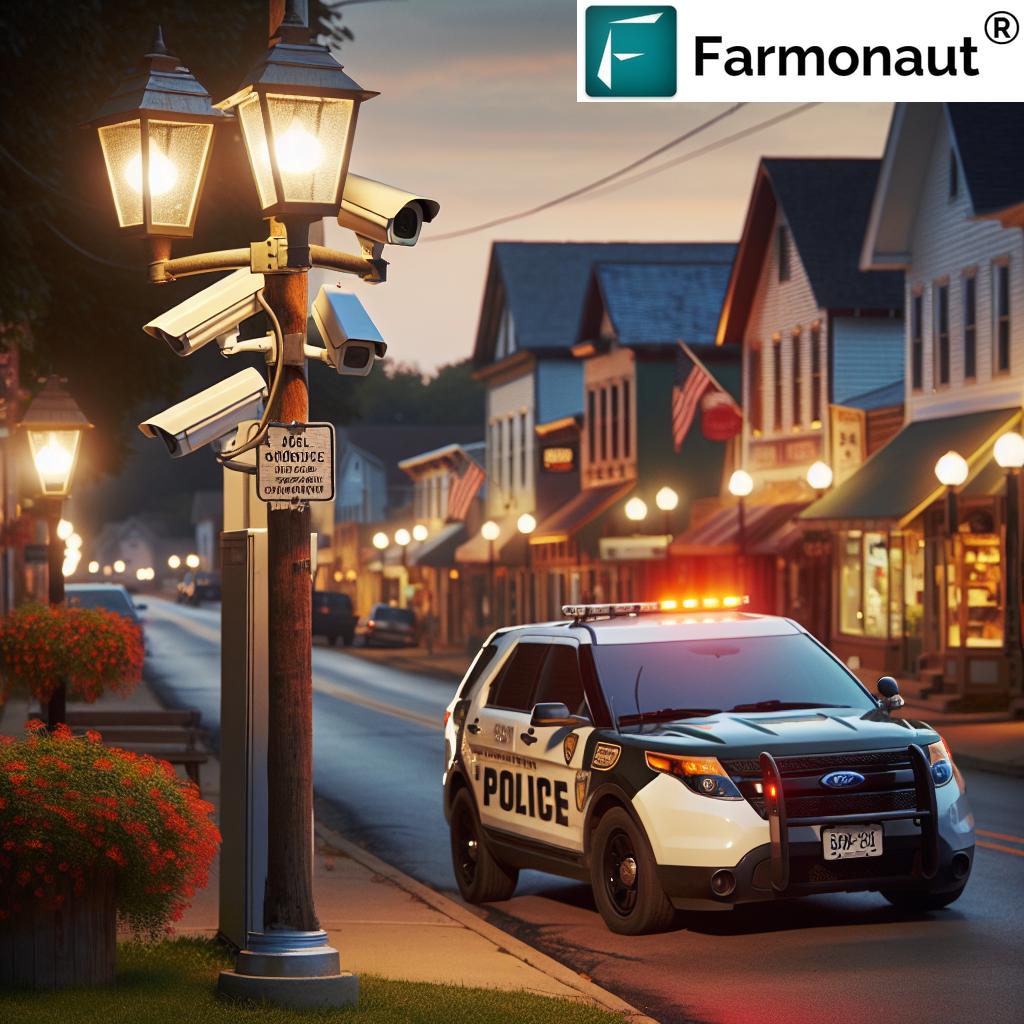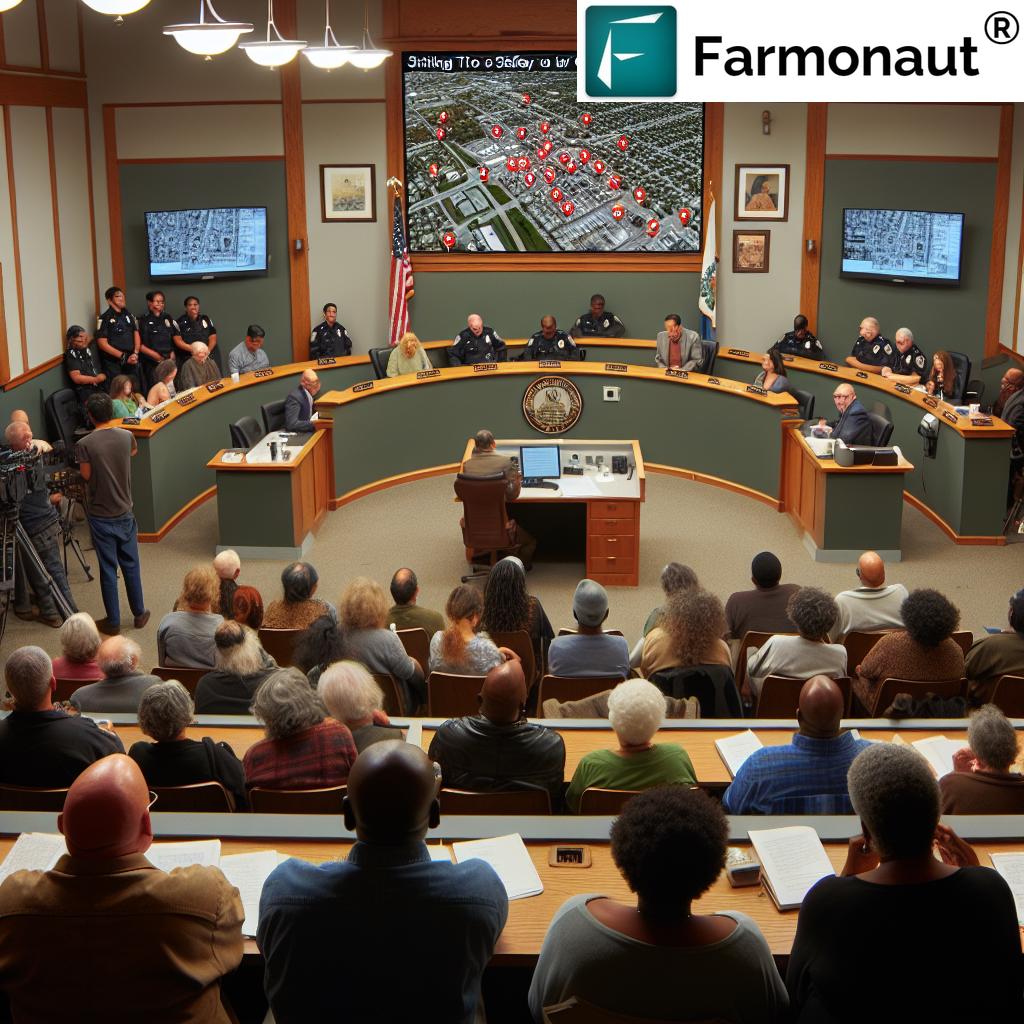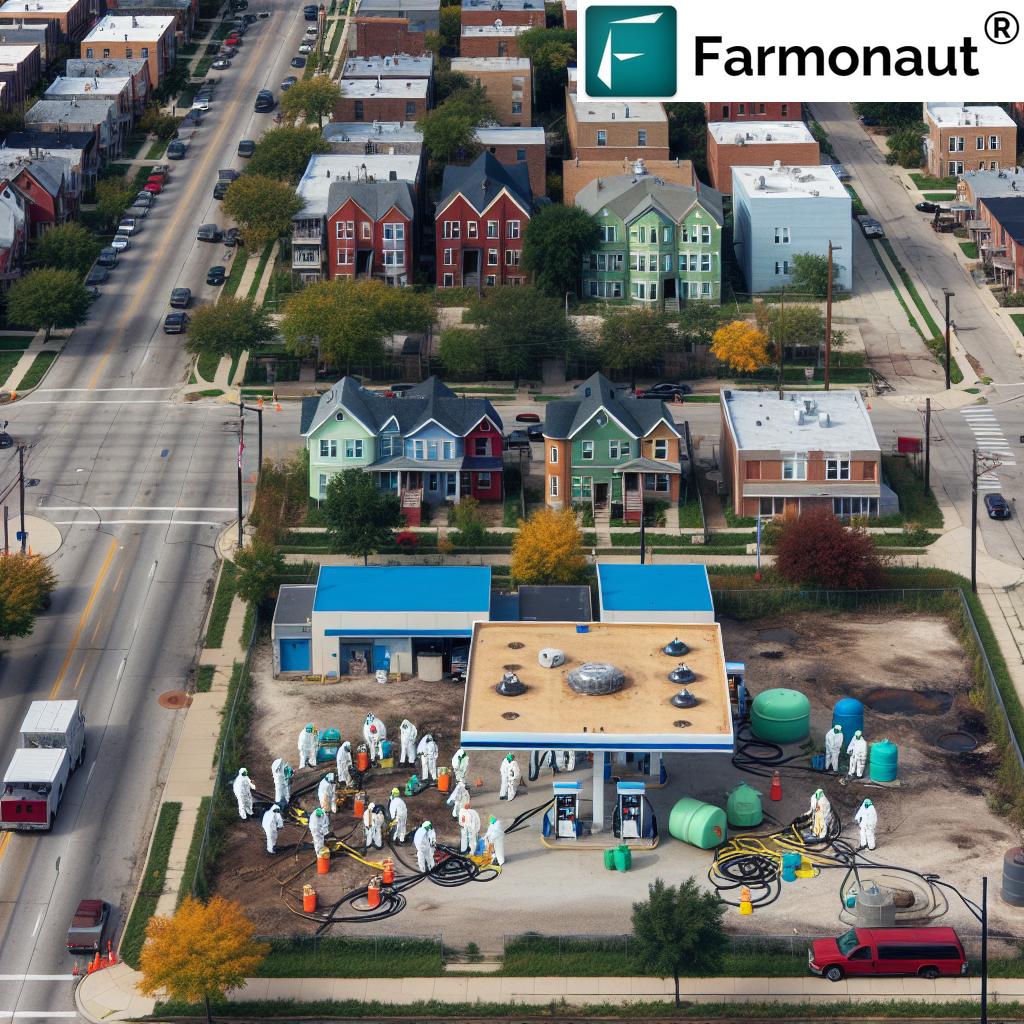Maine’s Small-Town Surveillance Dilemma: Balancing Security and Privacy in Houlton

“Maine town of 6,000 residents spent $130,000 on surveillance cameras, sparking debate on privacy vs. security.”
In the quaint town of Houlton, Maine, a controversy has erupted that highlights the delicate balance between security and privacy in small communities across America. The installation of surveillance cameras in this rural enclave of 6,000 people has ignited a heated debate about the necessity and legality of such systems. As we delve into this complex issue, we find ourselves at the intersection of technology, law enforcement, and civil liberties.
The surveillance camera saga in Houlton began in January 2024, when Police Chief Tim DeLuca announced to the town council that the department was preparing to install 50 Verkada cameras. These cameras, purchased in 2022 with American Rescue Plan Act (ARPA) funds for $130,000, were meant to enhance public safety. However, the decision has since sparked a contentious discussion among residents and officials alike.
The Controversy Unfolds
The heart of the controversy lies in the cameras’ capabilities and the town’s decision to invest in such technology. The Verkada cameras purchased by Houlton include facial recognition technology, a feature that has raised significant privacy concerns among residents. This capability, combined with Maine’s strict laws on facial recognition use, has led to a complex legal and ethical dilemma for the town.
Under Maine law, passed in 2021, it is illegal for officials or departments to access or retain footage from a facial recognition surveillance system unless specific conditions are met. These exceptions include investigations of serious crimes or locating missing persons, and even then, permission must be obtained from the state.
Community Response
The response from Houlton’s residents has been mixed, with some strongly opposing the surveillance system while others see potential benefits. Let’s explore the various perspectives:
- Privacy Concerns: Many residents, like Patrick Bruce, view the extensive surveillance as “Orwellian” for a small community like Houlton.
- Resource Allocation: Critics argue that the $130,000 spent on cameras could have been better utilized for direct law enforcement needs or community projects.
- Crime Deterrence: Some residents, particularly those who have experienced property crime, see potential value in the cameras as a deterrent.
- Transparency Issues: The lack of clear information from local officials about the use of the cameras has led to frustration and legal action from some residents.
Legal and Ethical Implications
The controversy in Houlton raises several important legal and ethical questions:
- How do we balance the need for public safety with the right to privacy in small communities?
- What are the appropriate limits on government surveillance, especially in areas with relatively low crime rates?
- How can local governments ensure transparency and accountability when implementing new security technologies?
- What role should state and federal regulations play in guiding the use of surveillance technology at the local level?
“Houlton’s surveillance system controversy highlights challenges in implementing advanced security in small communities with low crime rates.”
Comparative Analysis: Surveillance in Small Towns
| Aspect | Potential Benefits | Potential Concerns |
|---|---|---|
| Public Safety | Improved emergency response times | False sense of security |
| Cost | Long-term savings on manual surveillance | High initial investment, ongoing maintenance costs |
| Privacy | Targeted monitoring of high-risk areas | Invasion of personal privacy, data misuse |
| Crime Deterrence | Potential reduction in petty crimes | Displacement of crime to non-surveilled areas |
| Community Trust | Increased feeling of safety for some residents | Erosion of trust between citizens and local government |
The Role of Technology in Small-Town Law Enforcement
As we consider the situation in Houlton, it’s crucial to examine the broader context of technology use in small-town law enforcement. Advanced surveillance systems, once the domain of larger cities, are increasingly finding their way into rural communities. This trend raises questions about the appropriate scale and implementation of such technologies.
While technology can certainly enhance law enforcement capabilities, it’s essential to consider whether the benefits outweigh the costs – both financial and social – in smaller communities. In Houlton’s case, the crime rate of 36.73 per 1,000 residents in 2023 was only slightly higher than the state average, prompting some to question the necessity of an extensive camera network.

The Impact on Community Dynamics
The introduction of surveillance cameras can significantly alter the social fabric of a small town. In communities like Houlton, where personal relationships and trust often form the foundation of social order, the presence of cameras may be seen as a disruption to this dynamic. As one resident, Bertrand Laurence, noted, “These cameras fly against the grain of the Aroostook County and Maine credo. No government intrusion, and we want to be left alone.”
This sentiment reflects a broader concern about the changing nature of small-town life in the face of technological advancement. The challenge for local governments is to find ways to enhance public safety without compromising the unique character and values of their communities.
Alternative Approaches to Community Safety
As we consider the surveillance dilemma in Houlton, it’s worth exploring alternative approaches to enhancing community safety that may be more in line with the town’s character and resources. Some possibilities include:
- Community Policing Programs: Focusing on building strong relationships between law enforcement and residents.
- Youth Engagement Initiatives: Addressing potential root causes of petty crime and vandalism through community programs.
- Mental Health and Substance Abuse Support: Investing in resources to address underlying issues that contribute to community safety concerns.
- Neighborhood Watch Programs: Empowering residents to play an active role in community safety.
- Targeted Lighting Improvements: Enhancing safety in specific areas without the privacy concerns of cameras.
These approaches focus on prevention and community engagement, potentially offering more sustainable and less controversial solutions to safety concerns.
The Role of Government Transparency
One of the key issues highlighted by the Houlton controversy is the importance of government transparency in decision-making processes, especially when it comes to implementing new technologies. The lack of clear communication about the cameras’ capabilities and intended use has fueled much of the community’s concern.
Local governments considering similar initiatives should prioritize:
- Clear and proactive communication with residents about proposed security measures
- Public forums for community input before implementing new technologies
- Regular updates on the use and effectiveness of surveillance systems
- Transparent policies on data collection, storage, and access
By fostering open dialogue and involving the community in these decisions, local governments can build trust and ensure that security measures align with community values and needs.
Legal Considerations and State Regulations
The Houlton case also underscores the importance of staying informed about and compliant with state regulations regarding surveillance technology. Maine’s strict laws on facial recognition use serve as a reminder that local initiatives must operate within the framework of state and federal laws.
Key legal considerations for municipalities include:
- Understanding and adhering to state laws on surveillance and data collection
- Developing clear policies on the use of facial recognition technology
- Establishing protocols for data access, retention, and deletion
- Ensuring compliance with privacy laws and regulations
As technology continues to evolve, it’s likely that legal frameworks will need to adapt as well. Local governments should stay informed about changes in legislation and be prepared to adjust their practices accordingly.
The Broader Implications for Rural America
The situation in Houlton is not unique. Across rural America, communities are grappling with similar questions about the role of technology in public safety and the balance between security and privacy. This debate reflects broader trends and challenges facing small towns, including:
- The digital divide and access to technology in rural areas
- Changing demographics and evolving community needs
- Limited resources and the need to prioritize spending
- Preserving local culture and values in the face of modernization
As we consider these issues, it’s important to recognize that there is no one-size-fits-all solution. Each community must find its own balance based on its unique needs, resources, and values.
Looking to the Future
As we look to the future, it’s clear that the debate over surveillance in small towns like Houlton is far from over. As technology continues to advance, new questions and challenges will inevitably arise. However, by fostering open dialogue, prioritizing transparency, and carefully considering the unique needs and values of each community, we can work towards solutions that enhance public safety while respecting individual privacy and civil liberties.
The key to navigating this complex landscape will be:
- Ongoing community engagement and education about security technologies
- Regular review and assessment of surveillance programs
- Flexibility to adapt policies as technology and community needs evolve
- Collaboration between local governments, law enforcement, and residents to develop balanced approaches to public safety
Conclusion
The surveillance camera controversy in Houlton, Maine, serves as a microcosm of the challenges facing small towns across America as they navigate the intersection of technology, security, and privacy. While there are no easy answers, the ongoing debate highlights the importance of community involvement, government transparency, and careful consideration of local values and needs in decision-making processes.
As we move forward, it’s crucial that we continue to engage in these important conversations, balancing the potential benefits of new technologies with the preservation of the unique character and values that define our small towns. By doing so, we can work towards solutions that enhance public safety while respecting the rights and privacy of all community members.
FAQs
- Q: Why did Houlton decide to install surveillance cameras?
A: The town aimed to enhance public safety and address concerns about crime, using ARPA funds to purchase the camera system. - Q: What are the main concerns raised by residents about the surveillance system?
A: Key concerns include privacy invasion, potential misuse of facial recognition technology, and questions about the necessity of such extensive surveillance in a small town. - Q: How does Maine law regulate the use of facial recognition technology?
A: Maine has strict laws limiting the use of facial recognition technology, requiring specific conditions and state permission for its use by officials or departments. - Q: What alternatives to surveillance cameras have been suggested for improving community safety?
A: Alternatives include community policing programs, youth engagement initiatives, mental health support, and neighborhood watch programs. - Q: How can small towns balance the need for security with privacy concerns?
A: By engaging in open dialogue with residents, considering alternative safety measures, ensuring transparency in decision-making, and carefully evaluating the necessity and impact of surveillance technologies.













